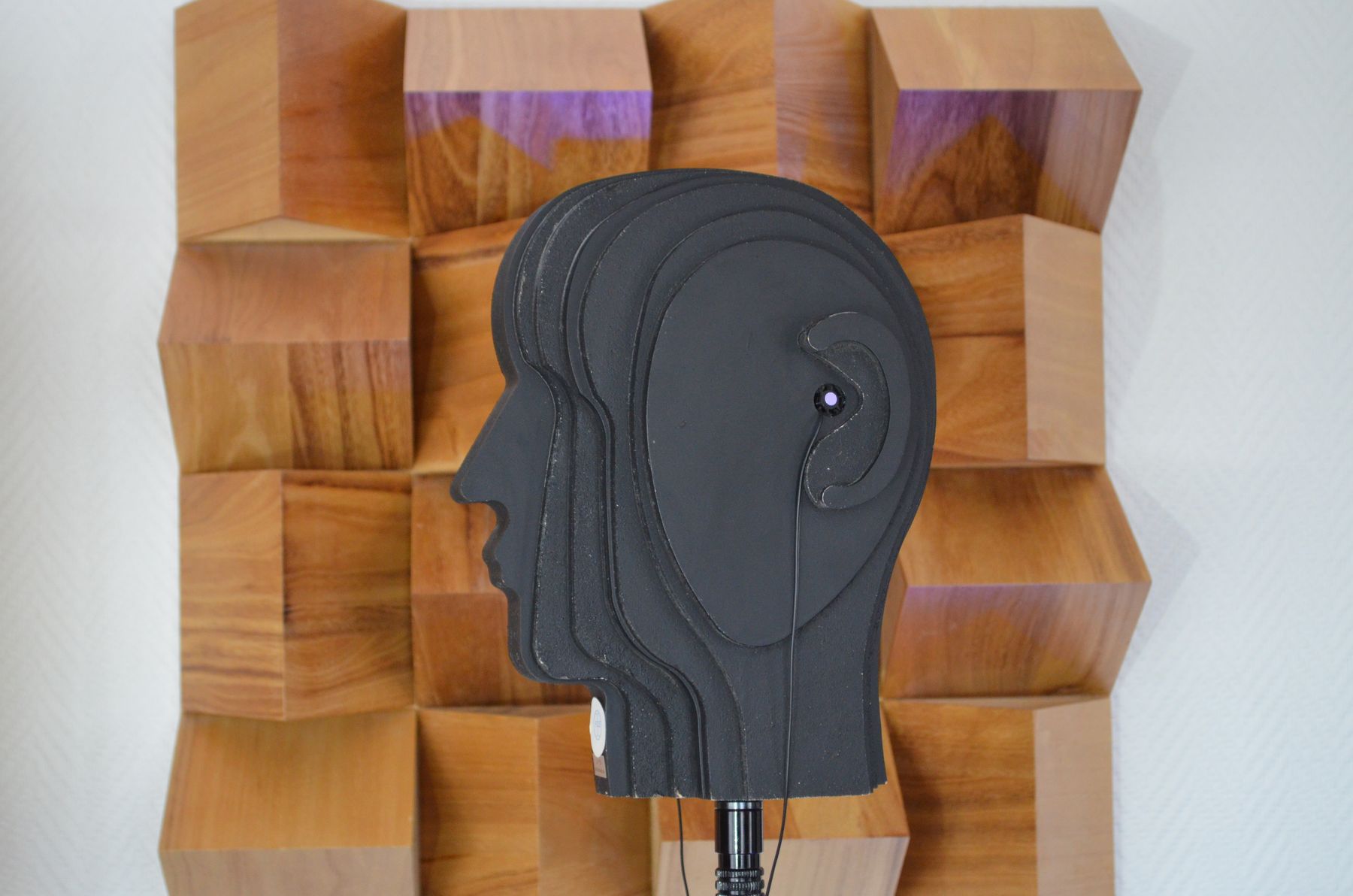Cette page est réservée aux membres du site. Vous devez vous connecter ou vous inscrire pour continuer. Lorsque vous vous êtes inscrit(e)s vous devez également vérifier votre inscription en cliquant sur le lien dans le courriel que nous avons envoyé.



